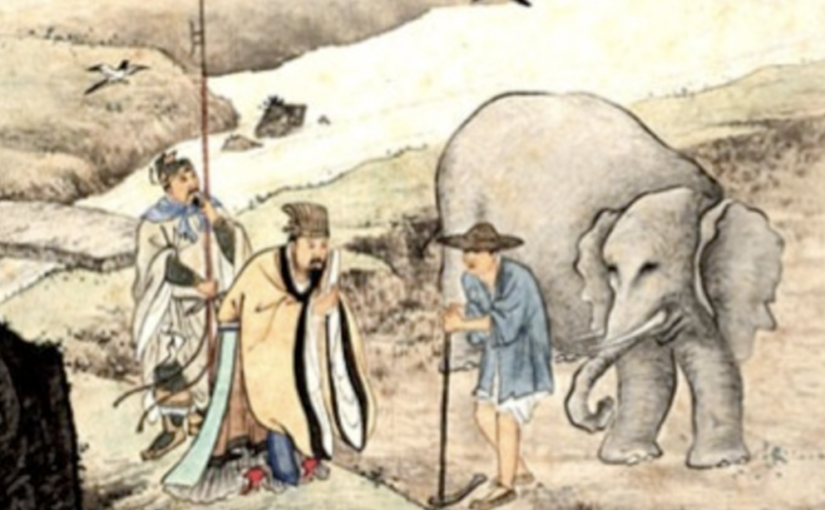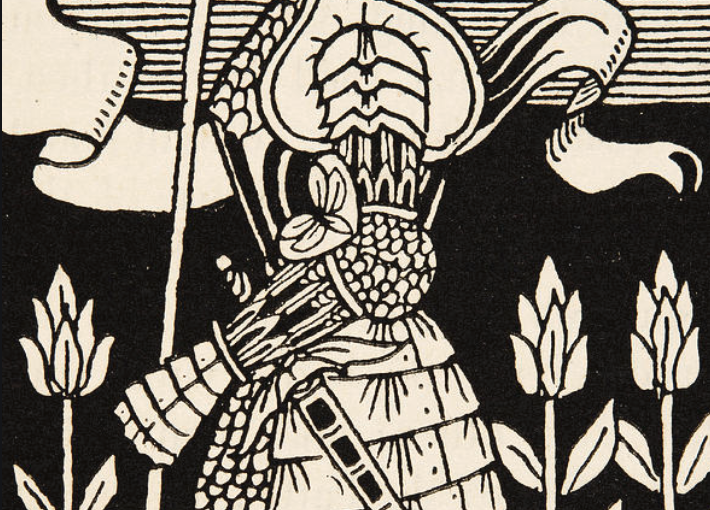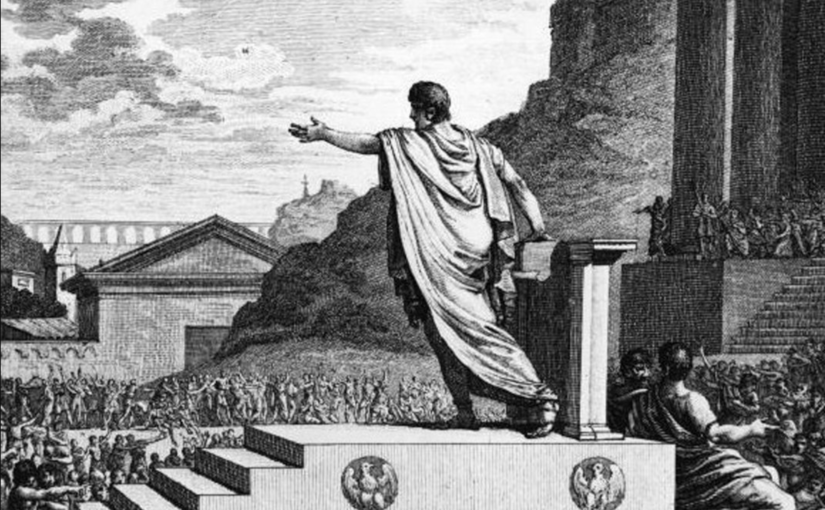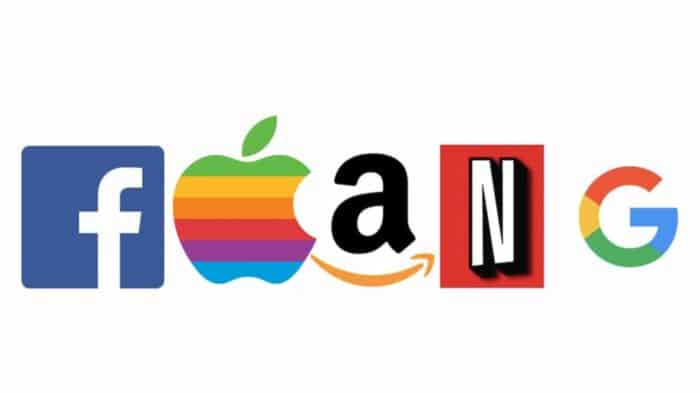“The failure of any nation to adopt humane conditions of labour is an obstacle in the way of other nations which desire to improve the conditions in their own countries.”
International Labor Organization preamble, 1905
This is a petition to the board of directors at Hershey Company. Your candy company produces a large share of the chocolate that is consumed today in the United States of America. The cocoa used in your products is predominantly sourced from Ghana and the Ivory Coast. These countries produce most of the world’s cocoa exports (Bales 2012).
Unfortunately, use of child labor, and in some cases child slavery, is a continued issue in the field of cocoa production. “During the 2008-2009 harvest season, 997,357 children ages 5 to 17 were estimated to be working” in the cocoa fields of these two countries (Brown 2019). This is incredibly dangerous work. Survey data shows: “54 percent… of these children, were estimated to be reporting injuries from dangerous activities” (Chocolate 2008). In addition, children that spend their days working the fields miss out on education. This is illegal. Not only that, but children that don’t go to school have stunted growth intellectually and emotionally.
Sadly the local governments have been turning a blind eye to child trafficking on cocoa plantations. When interviewed about this issue in 2010, Ivory Coast Chief Secretary at the Department of Labour claimed that “people are coming here for vacation, it is not for cocoa” (Dark Side of Chocolate). Bold lies such as this, demonstrate how deeply ingrained this issue is and that these governments can’t be trusted to work in the best interests of their people.
The Harkin-Engel “Cocoa” Protocol is an international agreement, ratified in 2001, which attempts to reduce and eliminate child labor in the cocoa industry. It was signed by all the major chocolate companies, including Mars, Hershey, and Nestle (Chocolate 2008). At first your company made pledges to remove child labor from their supply chains by 2005. You argued that an outright ban would hurt those we intended to help. You further advocated for self regulation as you knew the supply chain best. While all the companies that signed the protocol did begin to develop industry wide standards to eliminate child labor, they fell short of their self-imposed 2005 deadline. That deadline was then extended to 2008, and then to 2010, and finally to 2020 (Doherty 2005). As child labor continues to be a significant issue in Ghana and the Ivory Coast, it has become clear that your firms are unwilling to self monitor and make meaningful changes to your supply chain, as your primary fear is the impact this would have on the bottom line. We therefore conclude that self regulation has failed.
To solve this issue, we propose three changes that should be codified by law. Lessening the dependence of child labor will take a US federal legal framework.
Our Recommendations:
- Clear standardized federal reporting by companies whose supply chain will be regularly audited by a third party who then provides reports to the public.
- Requiring chocolate to be labeled as using child labor or free of it, determined by objective auditors such as the Fairtrade organization.
- For chocolate companies that cannot comply with the stiff third party auditing, a mandatory price floor will be imposed on chocolate purchased.
We came to these conclusions after reviewing academic and governmental literature. This has included an analysis of different legal frameworks and the resulting effects. Additionally, we use the Day Chocolate Company as an example of a model that companies can follow. One conclusion we have reached after reviewing objective measures is that the problem is only getting worse. Tulane Researches, working for the Department of Labor, have found that from 2009-2013 child labor usage has increased 18%. This is because of a growing middle class in places like China who are demanding more chocolate.
Western Countries have responded to the horrific reports of child labor in West Africa by passing sweeping laws. However, most have done little to change the situation as most of the laws have remained toothless and unenforced. The UK passed the Modern Slavery Act in 2015, which required large companies to publicly post actions taken to prevent slavery or forced labor. The goal was to help consumers make informed decisions and make companies internally aware of their risks and human rights violations (Forced 2010). This was overseen by an anti-slavery comissioner who has yet to take any major actions. Australia also passed a Modern Slavery Act in 2018 which some argue is the strongest in the world. Companies over $76 million in revenue must “report the risks of modern slavery in their operations and supply chains and actions taken to address those risks.” Yet, there are no punishments through the form of fines or penalties, only the possibility of public shaming (George 2014).
Closer to home, the California Transparency in Supply Chains Act was held as a world model. It’s intention was to inform consumers by providing access to company disclosures required by law. The problem was that there was no standardized reporting format. Additionally, it was only required for companies with over $100 million in revenue. Out of the 535 chocolate companies in the US, only 10 have revenues that meet that threshold (Hershey 2019). Most recently in 2020, senators proposed new US federal law called the Business Supply Chain Transparency on Trafficking and Slavery act which is modeled after the California legislation.
The Fairtrade organization labels products that are “produced under that conditions of no child labor, enviormental sustainability and strict labor standards” (McGonnigal 2012). The organizations hope is that positive farm conditions and above market prices will lift farmers out of poverty. This in turn lessens the pressure on the race to the bottom for prices which in turn results in extensive use of children who are kept from school. The goal is to impose fairtrade, not free trade. As fair trade helps members survive and compete on the international market through multiple initiates. The first is paying above market value for crops. Also, paying ahead of time for part of the crops lowers farmers’ reliance on risky debt and the addition of long term contracts allow farmers to plan ahead. A pool of money is additionally set aside for community projects such as building of schools or promoting access to healthcare. These policies were very informative to help us craft our recommendations. However, we believe federal legislation should require outside groups such as the Fair Trade organization to act as arbiters assessing compliance to federal law. It is important to note that 90% of coca is grown and harvested on small farms of 4.8 hectares (McGonnigal 2012). Thus our recommendation of a price floor for non-complying companies is the best punishment as the difficulty of holding small farms accountable is large for such small farms.
Business has a role to help address this problem as they are the ones who create it every year as they buy cocoa. For too long, manufacturers have abdicated responsibility to “middlemen” who use ruthless tactics to get the lowest cost possible from farmers. These middlemen use tactics such as rigged scales and price offers well below market value. While downstream from the manufacturers, this behavior causes farmers to live in poverty. Poverty is the main cause that leads to the use of child labor and slavery. A price floor for non-compliers would help and not lead to much of an increase in chocolate price. Research has found that, “Growers in West Africa receive just 3.5-6.4% of the final value of a chocolate bar, compared to the 56-70% that manufacturers receive and the 12-17% retailers receive” (Time 2012). It has been extremely difficult to gain accountability in governments in the Ivory Coast. The working age has long been set to 18. Yet, there has been little enforcement and an estimated 109,000 children who work on cocoa farms with 10,000 of which are victims of trafficking (Tulane 2015). As Ali Lakiss, the director general of Saf Cacao, the largest cocoa exporter in the Ivory Coast, succinctly puts it, “The farmers don’t get the best price. If the cocoa price is good, then kids go to school. No money, and kids work at home.”
The carrot in our framework is the ability for corporations to create new and innovative policies to address the issue. While they are being audited and looked after by an objective third party. The stick is the punishments that result if they fall out of compliance. If that third party deems non-compliance, labeling “child labor used in the production of this cocoa” will become required. Public shaming and consumer avoidance will result. Additionally, a price floor will be established on what they can pay producers and middlemen which takes away any monetary incentive to lower costs, instead focusing the company on quality of supply chain and of producers. Management will thus be forced to address the issue, or risk consumer flight and permanently higher costs of production.
Our model for an ethical company is Day Chocolate Company. Between 1947 and 1993 the Government of Ghana operated a state run buying system which bought all the coca from millions of farmers. The cocoa price was determined by the state. However in 1993, the Ghanian Government agreed to liberalize the cocoa market as part of the World Bank and IMF Structural Adjustment Program. This led to farmers being exposed to wildly fluctuating and declining prices in the international market. In 1998 the Day company was founded as a partnership between a UK based company and a consortium of over 2,000 farms in West Africa primarily in response to the market liberalization (Uebelhoer 2008). The Day Chocolate company has an admittedly unique governance structure with large shares owned by the farmers and 2 out of the 6 board members are farmers. However, this arrangement has given the company incredible PR and advertising which in turn has helped the company achieve 23% higher margins than industry standard (Doherty 2005). They have also seen a rapid rise in sales of $100,000 in 1998 to $5.5 million in 2004. The company’s UK based sales team credits the partnership of having farmers who are shareholders that gain from the profits of the company. They have recorded over $2,000,000 in social premiums that have gone to community projects to help farmers in West Africa (Doherty 2005).
To inform our selection of guiding metrics we turn to the US Department of Labor who contracted with Tulane University researchers. Over the last 15 years these researchers have created metrics to access the state of child labor and slavery in West Africa. As part of their survey they focused on children 5-17 years old asking about their previous 12 months. They asked if they were involved in hazardous work such as land clearing, carrying heavy loads, exposure to agro-chemicals, use of sharp tools, the hours worked they worked and if they worked at night. Additionally other variables related to children working in cocoa not attending school and cocoa work interfering with schooling were collected. Tulane University researchers determined that their sample of over 1,000 households was representative of the population. We think that for the metrics to be accurate and responsive, the survey should be conducted yearly. To measure the effectiveness of changes, a downward trend in hazardous work and a positive trend in education should be seen overtime. We additionally, think that hazards and education should be the focus of metrics to access the performance of programs as it is not tied to any company in particular. It’s important to note that the 2013 report found a 18% increase in child labor from 2009 showing that the problem is getting even worse in West Africa (Forced 2010).
We can do better and still provide American’s with delicious low cost chocolate. However, companies need to be accountable legally. We have seen their failure to self-regulate. Our legal framework encourages companies to do better while allowing them to innovate above our set moral bar. Additionally, NGO will help us hold these companies accountable.
Works Cited
Bales, Kevin. Disposable People. Univ of California Press, 2012.
Brown, Marie-Claire. 21ST CENTURY AND NO EMANCIPATION IN SIGHT: IS THE U.S. ANTI-SLAVERY FRAMEWORK ADEQUATE? Naval Postgraduate School – Monterey, California, Dec. 2019.
“Chocolate’s Bittersweet Economy – Feb. 14, 2008.” Business News – Latest Headlines on CNN Business – CNN, https://money.cnn.com/2008/01/24/news/international/chocolate_bittersweet.fortune/. Accessed 9 June 2020.
Doherty, Bob, and Sophi Tranchell. “New Thinking in International Trade? A Case Study of The Day Chocolate Company.” Sustainable Development, vol. 13, no. 3, Wiley, 2005, pp. 166–76. Crossref, doi:10.1002/sd.273.
Forced Child Labor and Cocoa Production in West Africa. https://www.dol.gov/sites/dolgov/files/ILAB/research_file_attachment/Final%20Fourth%20Annual%20Report.pdf, 2010.
George, Erika. “Incorporating Rights: Child Labor in African Agriculture and the Challenge of Changing Practices in the Coca Industry.” Https://Jilp.Law.Ucdavis.Edu/Issues/Volume-21-1/George.Pdf, 2014, https://jilp.law.ucdavis.edu/issues/volume-21-1/George.pdf.
“Hershey, Nestle and Mars Broke Their Pledges to End Child Labor in Chocolate Production – Washington Post.” Washington Post, The Washington Post, 5 June 2019, https://www.washingtonpost.com/graphics/2019/business/hershey-nestle-mars-chocolate-child-labor-west-africa/.
McGonnigal, Caitlin. Karl Marx and the Fair Trade Chocolate Industry in the Ivory Coast. Student Pulse, 2012, http://www.inquiriesjournal.com/articles/1611/karl-marx-and-the-fair-trade-chocolate-industry-in-the-ivory-coast.
Nations, United. “United Nations Office on Genocide Prevention and the Responsibility to Protect.” Welcome to the United Nations, https://www.un.org/en/genocideprevention/about-responsibility-to-protect.shtml#:~:text=The%20international%20community%2C%20through%20the,cleansing%20and%20crimes%20against%20humanity. Accessed 9 June 2020.
“Survey Research on Child Labor in West African Cocoa Growing Areas.” Payson Center for International Development Tulane University School of Public Health, Tulane University, 2013, https://www.dol.gov/sites/dolgov/files/ILAB/research_file_attachment/Tulane%20University%20-%20Survey%20Research%20Cocoa%20Sector%20-%2030%20July%202015.pdf.
Time to Raise the Bar: The Real Corporate Social Responsibility Report for the Hershey Company. Cornell, 2012, https://digitalcommons.ilr.cornell.edu/cgi/viewcontent.cgi?article=1811&context=globaldocs.
“Tulane Publishes Cocoa Child Labor Report: 21% Rise in West Africa.” Confectionerynews.Com, 30 July 2015, https://www.confectionerynews.com/Article/2015/07/30/Tulane-publishes-cocoa-child-labor-report-21-rise-in-West-Africa.
Uebelhoer, Jane. “Child Labor on West African Cocoa Farms.” The Global Studies Journal, vol. 1, no. 4, Common Ground Research Networks, 2008, pp. 149–58. Crossref, doi:10.18848/1835-4432/cgp/v01i04/40973.
“COCOA: A Better Future for Farmers.” Spore, no. 160, 2012, pp. 13–17. JSTOR, www.jstor.org/stable/24344108. Accessed 17 May 2020.
Voora, Vivek, et al. Global Market Report: Cocoa. International Institute for Sustainable Development (IISD), 2019, www.jstor.org/stable/resrep22025. Accessed 17 May 2020.
ILO-IPEC. Analytical Study on Child Labour in Lake Volta Fishing in Ghana. Geneva; 2013.
C059 – “Minimum Age (Industry) Convention (Revised), 1937 (No. 59).” http://www.ilo.org/dyn/normlex/en/f?p=NORMLEXPUB:12100:0::NO:12100:P12100_INSTRUMENT_ID:312204:NO.
Government of Ghana. The Labour Act of 2003, 651, enacted March 31, 2004. http://www.ilo.org/dyn/natlex/docs/SERIAL/66955/63431/F1429852156/ GHA66955.pdf.
Government of Ghana. The Children’s Act, 560, enacted September 24, 1998. http://www.ilo.org/dyn/natlex/docs/WEBTEXT/56216/65194/E98GHA01.htm








